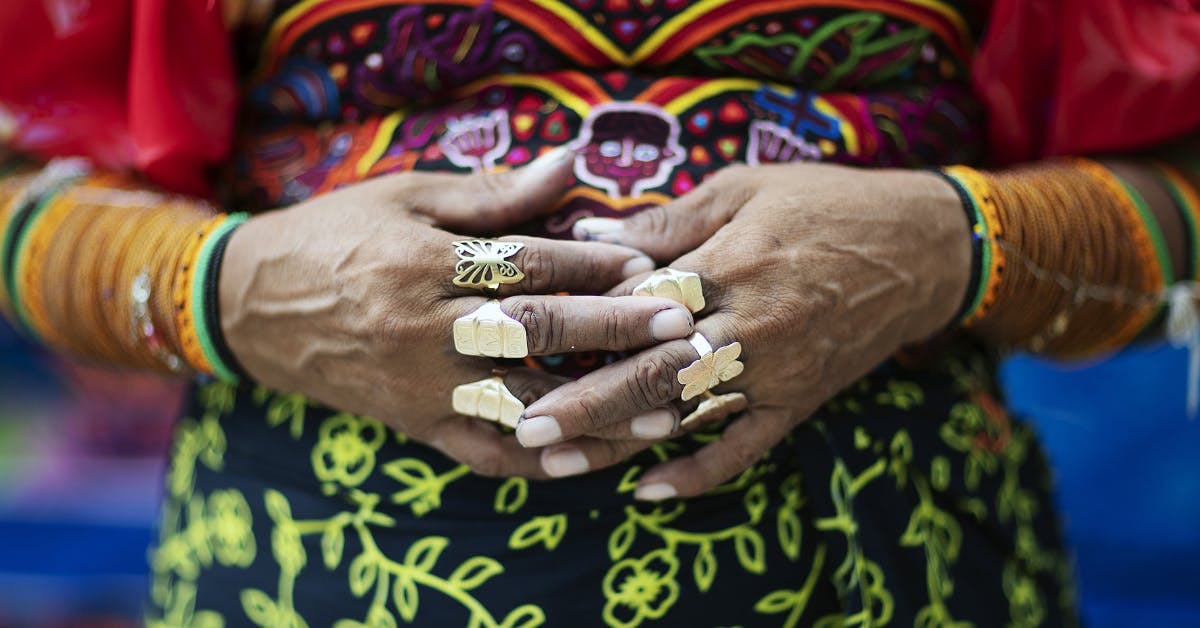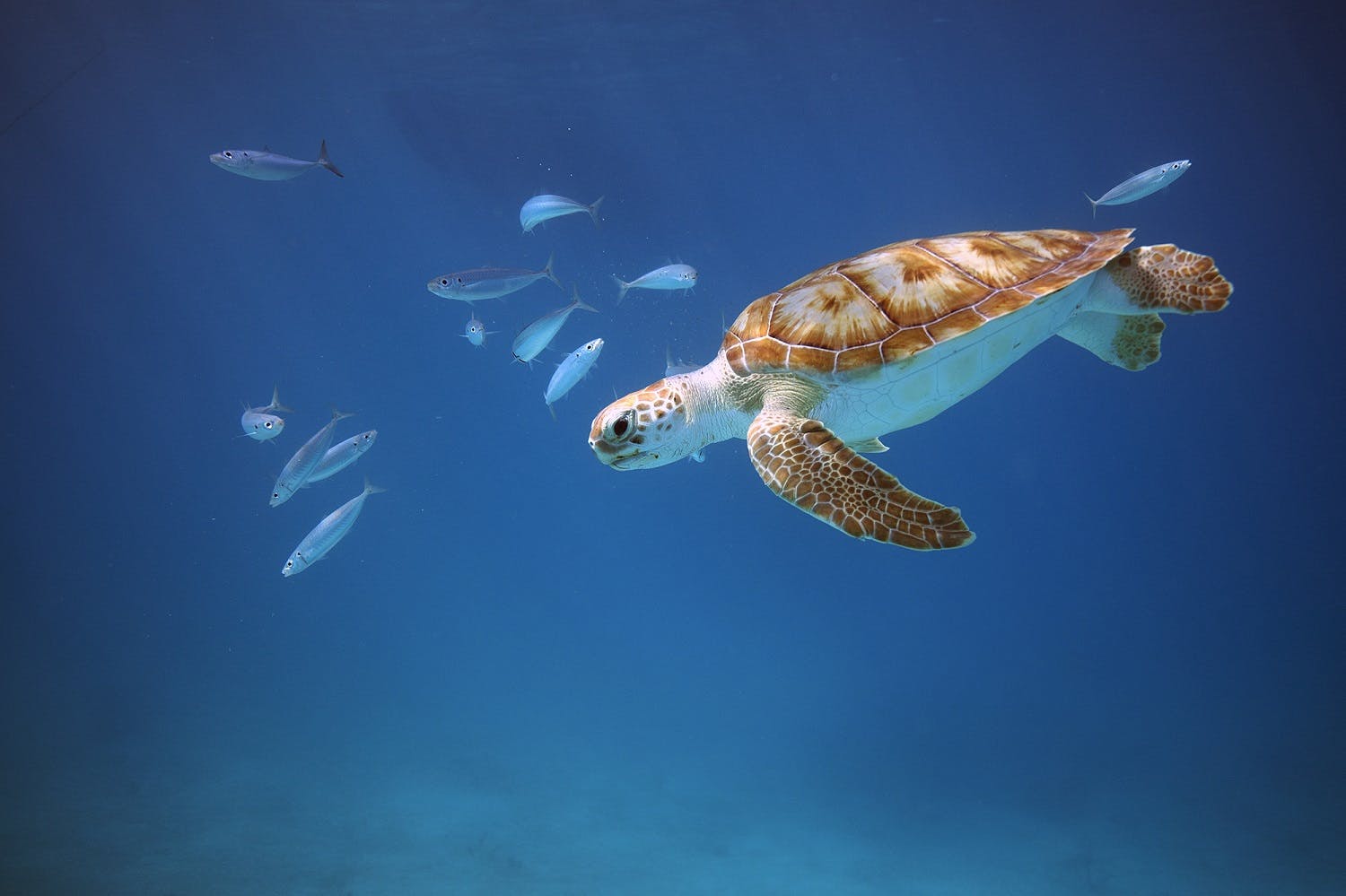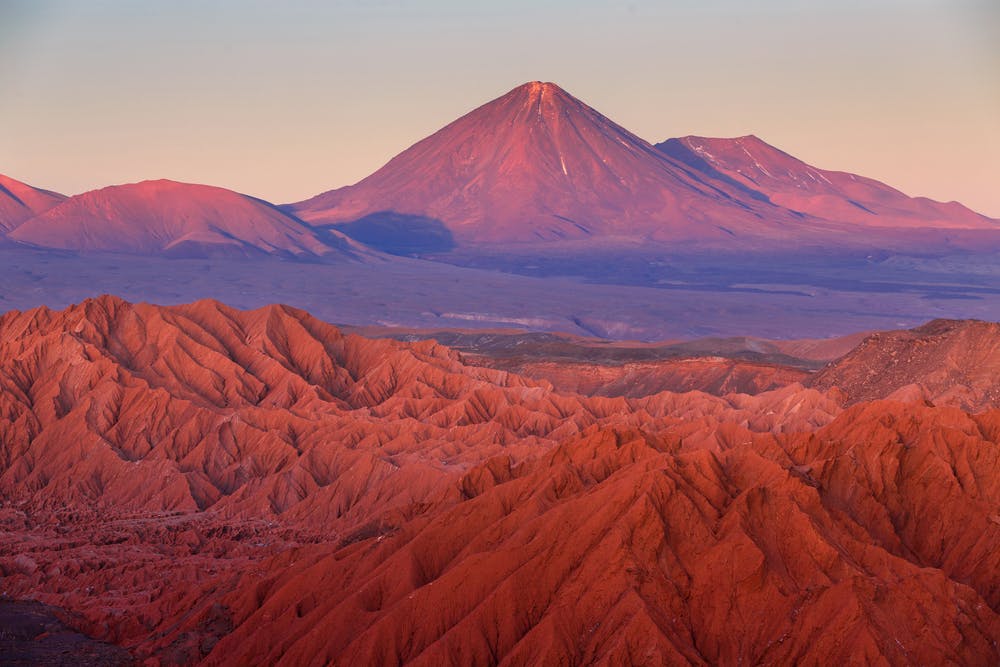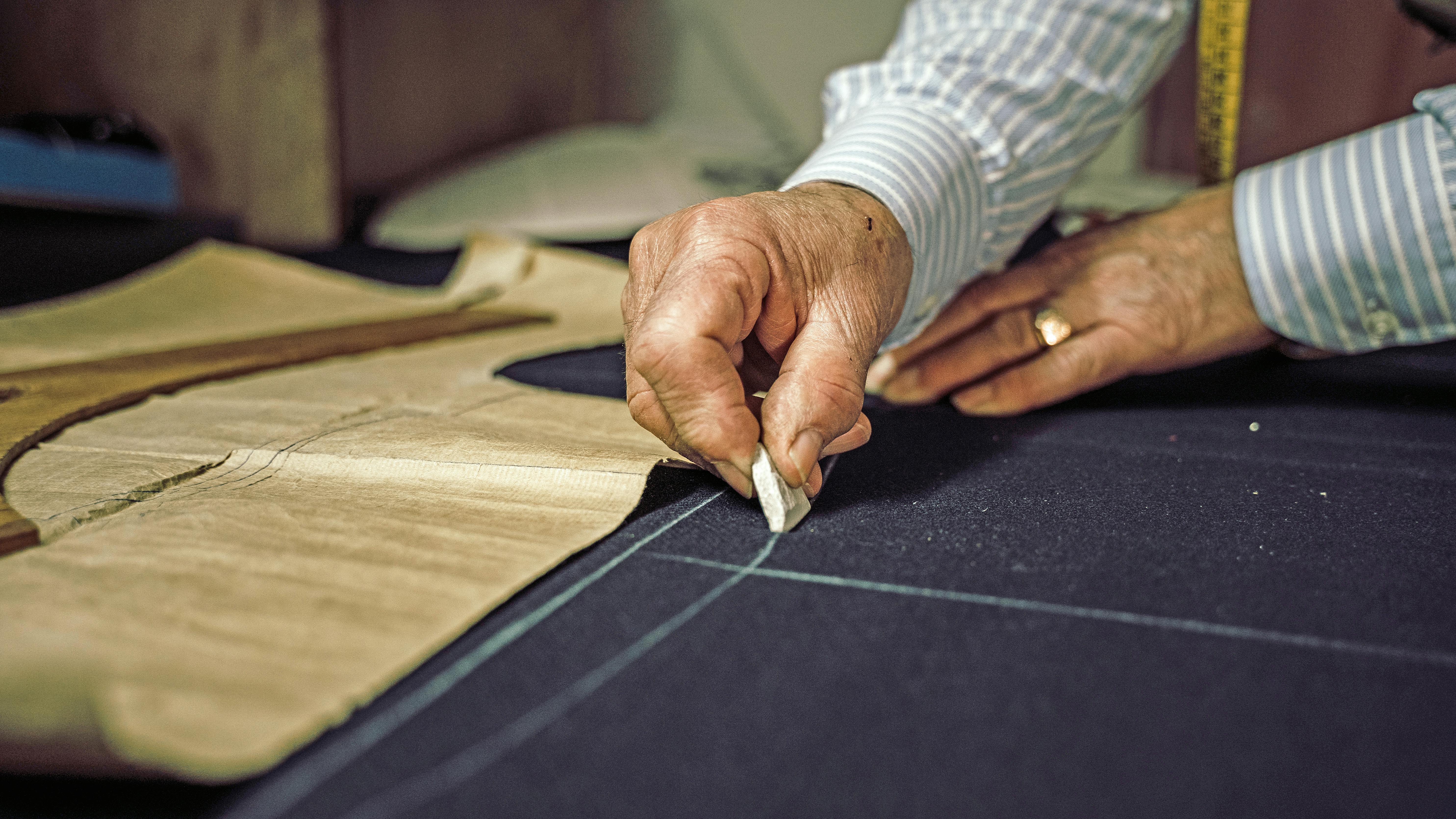How the Molas of Panama Became a Symbol of Cultural Identity
The San Blas Islands off northeast Panama attract visitors drawn by coconut palms, white-sand beaches and turquoise waters. But it’s the vividly colored, boldly designed material panels called “molas” — usually affixed to traditional blouses — that distinguish this autonomous territory of about 365 Caribbean islands.
Hand-made by indigenous Guna (also called Kuna) Indian women, the molas of Panama often depict stylized animals, plants, geometric patterns and other scenes of daily life. As an essential symbol of indigenous cultural identity, a mola offers a sustainable souvenir to take home from Guna Yala, the natives’ name for the islands (“Guna land”).
A mola blouse consists of two panels of appliques that are first drawn, then cut from multiple layers of different colors of cotton, and finally stitched together. Limited only by the maker’s creative imagination, the designs roam the natural world widely, from fish, jungle birds, turtles, sea urchins and monkeys to humans fishing or farming. But they can also depict historic scenes, such as Columbus’ ships off the Pacific coast of Panama, and Bible stories like Adam and Eve in the Garden of Eden or Jesus carrying a cross. Some molas art is also inspired by local maps, illustrations and ads from magazines and newspapers, coins, matchbook covers and other objects.
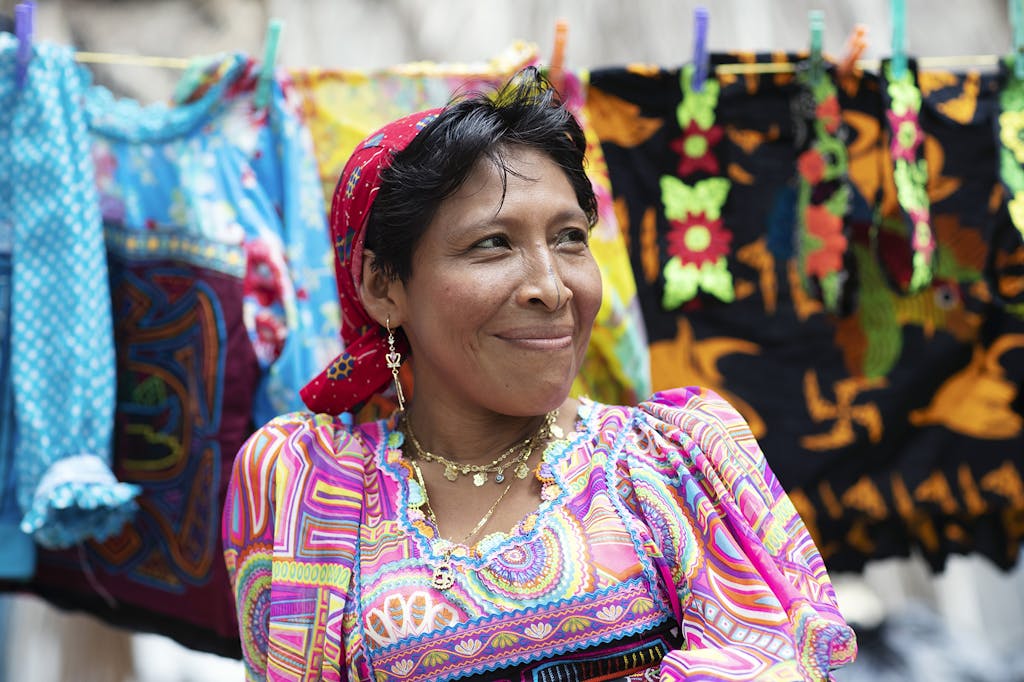
Finding inspiration in pop culture and politics
After the United States completed the construction of the Panama Canal, which opened in 1914, American influence grew stronger throughout the country. That’s why, fascinatingly, you may spot the face of former President John F. Kennedy or even the official U.S. seal emblazoned on these textiles. And because phonographs became popular after missionaries brought them to Panama, don’t be surprised if you spot a dog listening intently to a stereo — the logo of RCA Victor.
In 1919, when Panama’s government began policies to restrict Guna customs and ban women from wearing molas, it sparked the Guna Revolution of 1925. While the government eventually granted some autonomy to the islands, the molas of Panama forever became a symbol of political resistance, according to Diana Marks, author of the book “Molas: Dress, Identity, Culture.” She writes, “The purposeful promotion of political and social issues displayed on the dress may be considered a direct form of activism.” Eventually, Panamanian social and political trends, like women’s right to vote after the 1948 election and the military dictatorship that began in 1968, would also inspire molas art.

From expressions of body art to textiles
While the oldest example that Marks found dates back to 1906, she determined some mola patterns originated centuries ago, but not as textiles. “Molas were traditionally expressions of body art primarily painted on the female body,” explains Kira Brereton, a Panamanian-American travel advisor. Her parents, who are community activists and educators, instructed her in local culture and history during her childhood in Panama. “With time and the introduction of Spanish settlers to Panama, the expression converted from painted body art to the woven panels found today on clothing and Panamanian art and crafts.”
Today, mola textiles are an essential source of income for Guna Yala women. In the 1960s, Peace Corps volunteers helped establish textile co-ops for them to make and sell molas to tourists for economic development, which helped perpetuate the handicraft in recent decades. They’re now sold most often as pillow covers, wall hangings or purses.
You can find molas art in some ethnographic and textile museums in the U.S. and Europe. A splendid collection of 315 molas (with online descriptions and photos of the staggering variety and design categories) is at the University of Connecticut Benton Museum of Art. There’s a soft spot in my heart for the Smithsonian’s National Museum of the American Indian in New York, whose collection of 32 molas was the first I’d ever seen, and the Museum of International Folk Art in Santa Fe, New Mexico, which has 91 molas. But browsing the riot of colors and patterns of these symbols of indigenous identity is even more rewarding on a trip to the San Blas Islands, or Guna Yala, their place of origin.

Captivated by the molas of Panama? Experience them in person on a Silversea cruise to the Caribbean & Central America.



